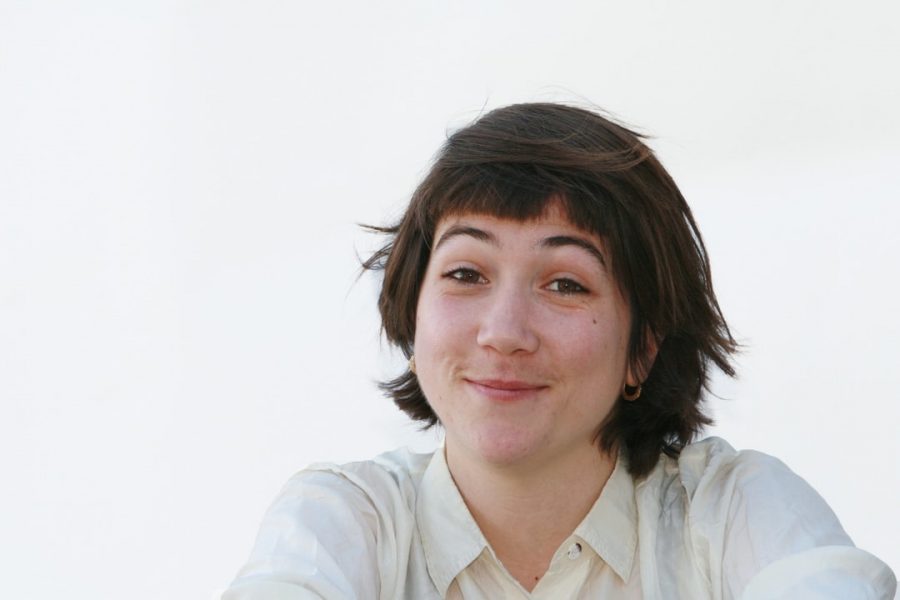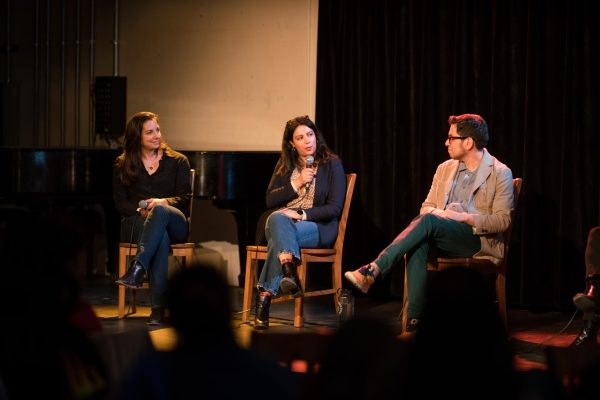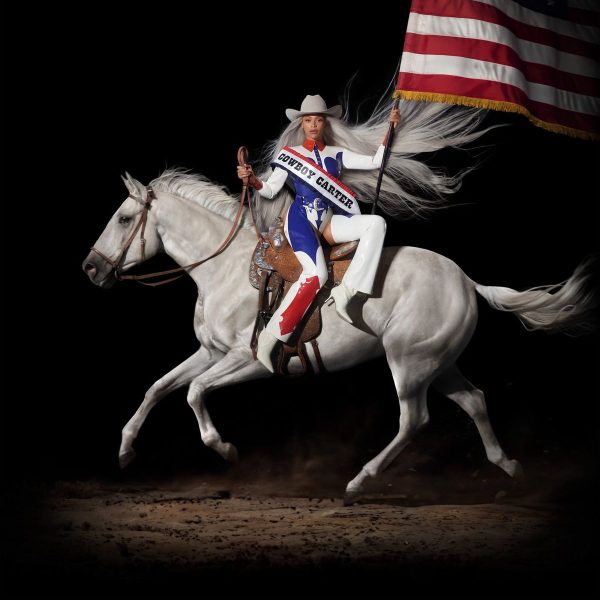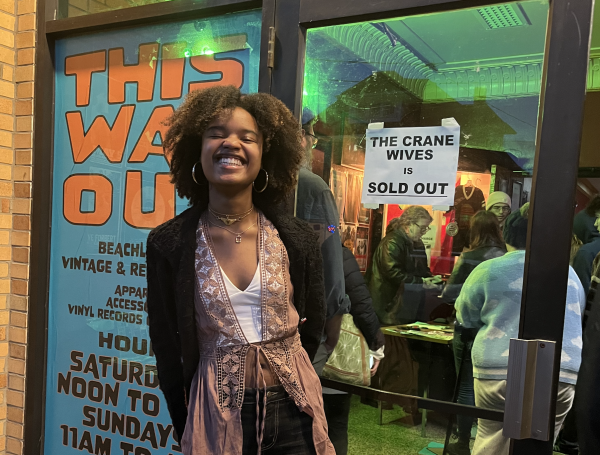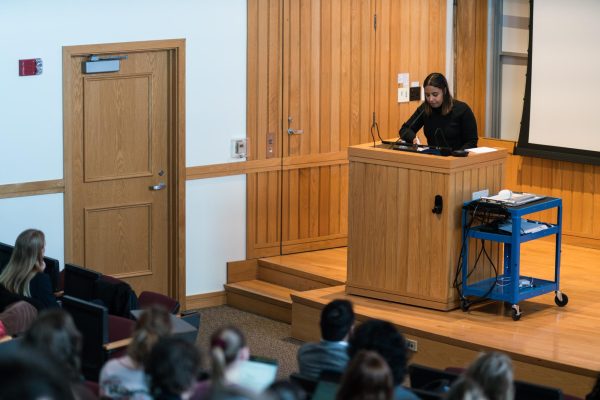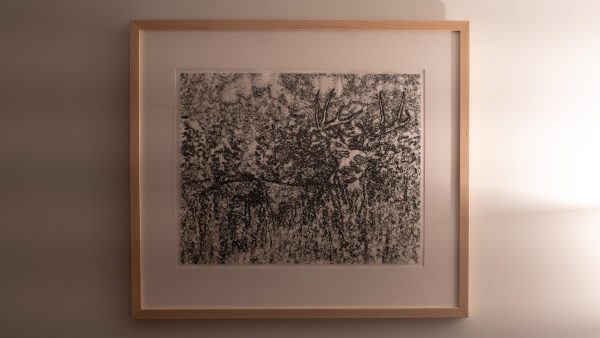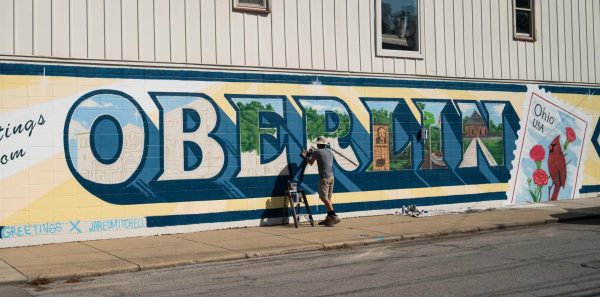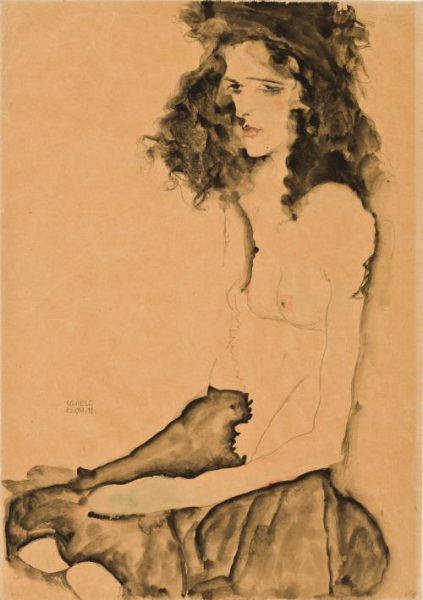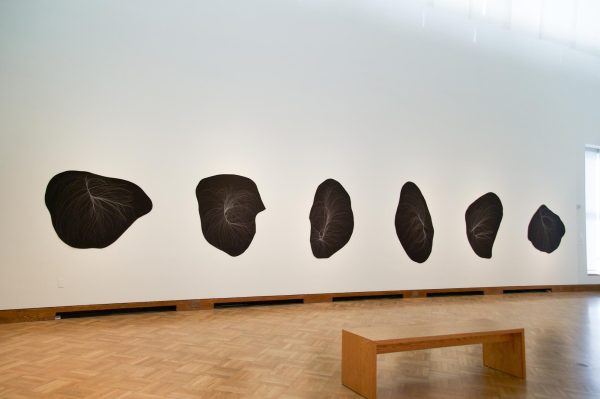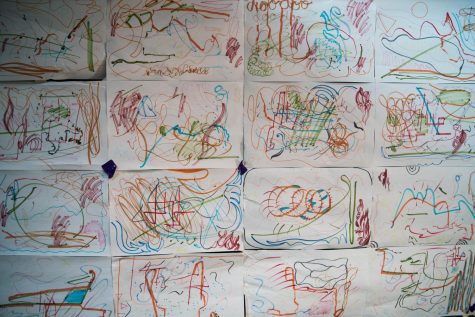Studio Art Majors Receive Career Advice with Pathways
Sara Krugman, OC ’09, returned to campus as part of the series Studio Art: Pathways from Classroom to Career, which aims to highlight the plethora of career options available to Art majors.
Majors in any artistic field are conditioned to defend their academic path to friends, relatives, and new acquaintances alike. Many are used to deflecting inevitable pointed questions such as, “Oh, so you’re an art major? What are you going to do with that?”
Pathways, a speaker series hosted by the Art department, challenges the antiquated trope of the “starving artist.” By bringing together current art students and alumni in conversation, the series looks to showcase how an Oberlin art degree provides a plethora of possible career trajectories.
Sara Krugman, OC ’09, spoke last Monday to a room of current and prospective Studio Art majors. Krugman pursued a path that integrated her interest in user experience design with her drive to improve the way medical devices are experienced by people with diabetes.
Professor of Studio Art, Installation, Sculpture, and Book Arts Nanette Yannuzzi described Krugman as someone who “rarely saw boundaries, only possibilities” during her time at Oberlin. Indeed, since graduating, Krugman has worked tirelessly to understand her own relationship with diabetes through art while pursuing professional design opportunities.
After attending the Copenhagen Institute for Interaction Design following her time at Oberlin, Krugman began working within the healthcare industry to design products that resist the cold and clinical nature of data and instead create a more personal user experience. She has worked as a healthcare consultant, a user interface designer at a nonprofit that delivers open source software to people with diabetes, and a designer for various artificial pancreas projects.
“A lot of what gets addressed with diabetes care is logistics, and that’s not what’s in the way,” Krugman said during her talk. “It’s emotional, and physical, and psychological.”
Krugman’s experience with the exhaustion and trauma of living with type 1 diabetes form the basis of how she understands the potential for user experience design in the healthcare industry. Rather than subscribing to the metaphor of the body as machine, Krugman is more interested in the body as a system that interacts and responds to the externalities affecting it.
“My life is to be moved through, not figured out,” Krugman said.
The Pathways series provides an opportunity for students to engage with alumni who, at one point, struggled to identify what they wanted to do after Oberlin. Krugman expressed that life after graduation is “scary and hard, but that’s OK.”
The senior Studio Art students, despite being required to attend the event, were all highly engaged in the conversation. Several students asked questions about Krugman’s design work and how she maintains her artistic practice.
“We all were required to come, but it makes sense that I would come anyway,” said College senior Amanda Poorvu, a Studio Art major. “It’s giving a brief look on what’s possible after college.”
While Krugman gave credence to the fact that it is possible to make it in New York City as a visual artist, she personally decided that the so-called “starving artist” lifestyle wasn’t for her.
“For people that stay with [art] and can manage the variability of it, it does work,” she said.
Still, Krugman worried about how sustainable a career in studio art would be and felt drawn to design, where she could work directly with the healthcare industry to make meaningful change. When colleagues and fellow design school students encouraged her to move away from the diabetics niche, she pushed back. Krugman has used design as a tool to understand the relationship between technology, feeling, and healthcare in all her different jobs. She wasn’t afraid to take chances and pursue opportunities that would let her channel the creative problem-solving skills that she learned at Oberlin to make a real, effective change.
“Make decisions based on your values,” she said. “And if you don’t know what your values are, figure them out.”
In addition to providing timely wisdom to seniors graduating this spring, the event motivated new students to start thinking about what they want out of their time at Oberlin.
“I thought this would be a really good way to not be so overwhelmed about everything,” said College first-year Grace Kirk, a prospective Studio Art major. “[For example,] not second-guessing myself about being a Studio Art major.”
Ultimately, Pathways provides a window into what it means to be a creative professional, and an Oberlin-educated one at that. Needless to say, the series will have a substantial impact on students who may seem a bit unsure of the artistic landscape that defines their future.
“I think going to [the speaker series] is also beneficial because every person [who] comes is completely different,” Poorvu said. “Knowing that there are a bunch of options after graduation is reassuring.”


